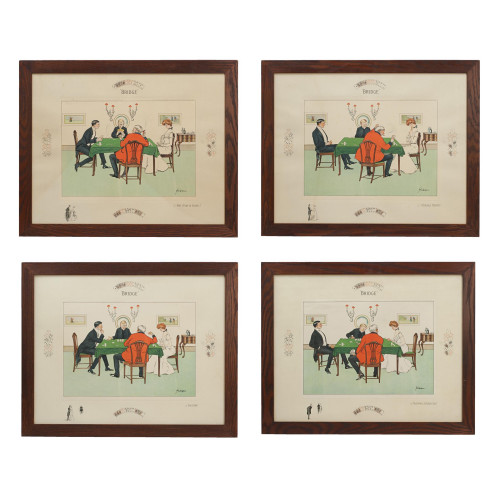- Home
- Artwork, Paintings and Prints
- Livestock Print, John Boultbee, "The Durham Ox"
Livestock Print, John Boultbee, "The Durham Ox"
Livestock Print, John Boultbee, "The Durham Ox"
30267
John Boultbee "The Durham Ox", Jonh Whessell Engraving.
A fine Georgian livestock engraving of the renowned 'Durham Ox' by John Whessell after John Boultbee's painting. It was published March 20th, 1802 by John Day and is probably the most important livestock print of the nineteenth century. It is extensively inscribed below:- The Durham Ox, "To the Right Honorable Lord Somerville. This print is with great respect humbly dedicated by his Lordship's most obedient humble servant John Day. This wonderful animal is now the property of Mr John Day of Harmston, near Lincoln, and was March 20, 1802, six years old.", "Subscriptions taken for this Print in the first Year, amounted to two thousand and upwards, from whence the Public opinion of this beautiful Animal may be well ascertained. This Ox is still in a growing and improving state, and weighs according to the computation of the best judges 30 score per quarter, which is 300 stone 8lb to the stone, or 171 stone 14lb to the stone."
The dimensions of the impressive animal are also given in the text: Height at the shoulders 5'6", Length from the Nose to the setting on of the tail 11', Girth 11'1". Breadth across the Back in three places - Hips 3'1", Middle of the Back 3'1" and across the Shoulders square on each side 3'1". Breadth of the first rib 9 ¼", Girth of the fore leg below the Knee 9 ¼", from the Breast to the Ground 1'6" and Breadth between the fore legs 1'5".
The Durham Ox became famous for his shape, size and weight and established the standards by which the Shorthorn breed was to be defined. Painted by various artists during his lifetime and pictures of him were reproduced and sold commercially. The impact made by the Durham Ox is reflected in the large number of British pubs named after him, and the town named after him: Durham Ox, in Victoria, Australia.
Charles Colling of Ketton Hall, Brafferton in County Durham, along with his brother Robert, were early pioneers of the cattle-breeding movement at a time when the concept of selective breeding for specific characteristics was becoming established in agriculture. To develop and improve the Shorthorn breed, they adopted techniques they had picked up on a visit to Robert Bakewell in 1784, a successful breeder of Longhorn cattle. The animal eventually known as the Durham Ox (March 1796 - 15 April 1807) was the grandson of Colling's original bull and became known as the Ketton Ox when he was exhibited in Darlington in 1799. He was regarded as a particularly fine and well-proportioned example, with his size and weight attracting the admiration at the shows. He was sold in 1801 to John Day of Harmston, near Lincoln, for £250 and renamed the 'Durham Ox'. For the next five years the ox toured around England and Scotland in a specially made carriage, drawn by four horses, being exhibited to the public at agricultural fairs and other events. The ox proved extremely popular and for most of 1802 the Durham Ox was on show in London, where it is recorded that in one single day admission fees to see him totalled £97. Tragedy struck in 1807 when the ox damaged his hip as he was getting out of his carriage to be shown in Oxford. The injury failed to heal and on 15 April 1807 he was slaughtered.
Dimensions:
1800-1849
1802
Engraving
United Kingdom
Engraving in good condition, some staining to the edges, one small tear.
Thank you for your enquiry.
We will get back to you soon.
Please create wishlist to add this item to
RELATED ITEMS
































